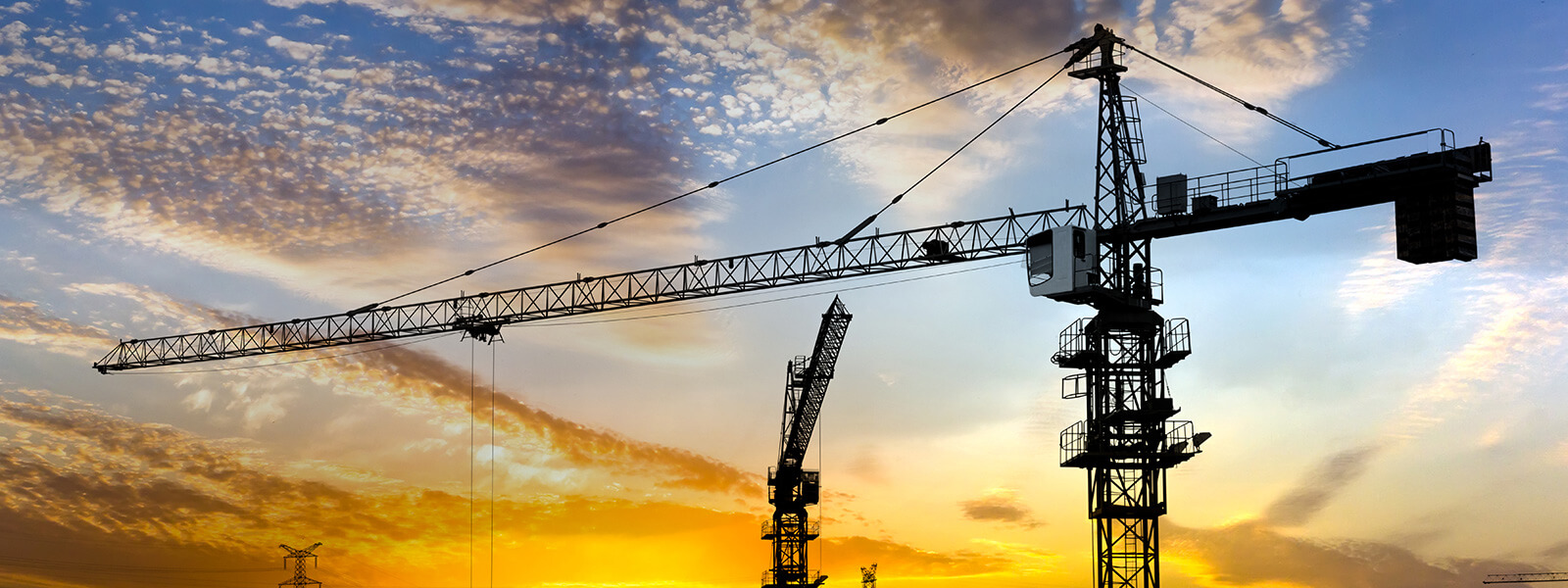
Industrial Properties – The Core of the Company’s Development
Industrial properties are of great importance for the development of the entire society, and this type of real estate has become one of the most valuable assets that a company can own.
Almost every product in our homes, offices or favourite stores has been at some moment produced or stored in an industrial facility, thus it is easy to notice the power of influence which the industry has on our everyday lives.
From the beginning of industrial revolution, production and transportational logistics of goods continued to develop further and shape productional facilities as we know them today.
Manufacturing locations are places where goods are produced and assembled, and usually have loading ramps for delivery vehicles and accompanying administrative and technical space that occupies less than 20% of the total area. This leaves a lot of room for adaptation, because the qualities of the properties change significantly depending on the purpose of the industrial space.
The basic division of production properties is divided into:
– Heavy industry – large factories where serial production of complex products is carried out. They usually have tens or even hundreds of thousands of square meters of usable space, along with powerful equipment, a strong electrical connection, and plenty of room to load products onto trucks. The specific machines used in these plants are usually tailored to the end user. When the facility receives new owners or tenants, the heavy production facilities need to be renovated and adapted to their requirements and production process.
– Light manufacturing – an industry that is usually less demanding and more consumer-oriented, because it usually produces simpler products. These are usually areas where products are assembled from smaller parts, stored and finally transported to consumers. As such, they are much easier to modify for different users.
While manufacturing locations are the areas where items are manufactured, how the products are transported to warehouses or distribution centers and ultimately shipped to the end user, has become of great importance. Common types of these properties are:
– Distribution centers
– Warehouses with office space
Logistics (distribution) is focused on locations that enable the highest profitability with the lowest costs. The well-known saying “location, location, location” has always had a huge impact on the efficiency of companies’ work. In modern times, when e-commerce continues to expand, a new phrase – “logistics, logistics, logistics” – is gaining importance.
Today, distance and location are combined with travel time and traffic congestion analysis. A company can determine how logistically efficient its locations are in terms of being able to receive goods from its suppliers and then deliver them to its customer base, which is why the optimal location of distribution centers is of great importance to them. The concept of the e-commerce model is based on the fast delivery of ordered goods, and if the merchant can make the delivery in the shortest possible time period, it represents an important competitive advantage on the market. At the same time, it is necessary to take care of return logistics when the consumer for some reason wants to return the ordered product (inappropriate size, damage, etc.). In order for that process to go as smoothly as possible, and with correct costs, it is necessary for the receiving warehouse (center) to be at an easily accessible location. There is also an increased interest in launching an electronic business model (direct delivery from the warehouse).
Finally, the location choice for a production facility is often influenced by the availability of the appropriate workforce, as well as the development of the infrastructure. Due to the close proximity of two highways (to Zagreb and to Budapest) as well as the “Nikola Tesla” airport, the municipalities near Belgrade, Pećinci and Stara Pazova, have become very interesting for positioning production complexes of domestic and international clients. There is a noticeable trend of building industrial parks with large capacities for both storage space and light production.
There are many opportunities in the market for investing in industrial properties, and buying this type of real estate can be one of the most profitable ways to invest money. Even during the pandemic, these properties proved to be the most resistant to global changes, and in times of difficult supply from distant markets, locations close to consumers are gaining growing importance.








